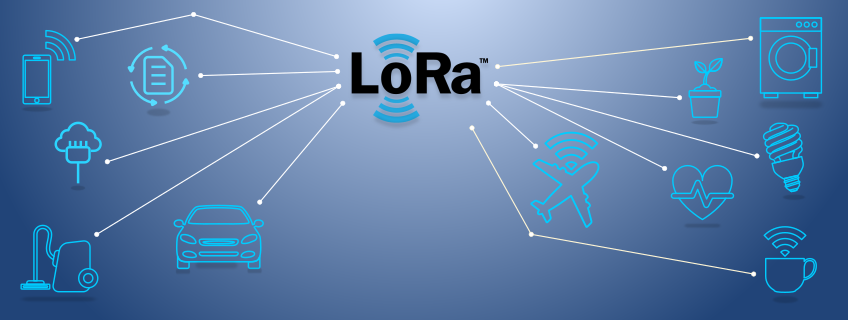Living in the information society, we attach more importance to all kinds of information. We want to know more and more about the world around us. Tens of years ago, the only source of information we were given was processed and selected information appearing in mass media or scientific publications available in bookshops or libraries. In recent times, with the development of the Internet, the access to data and information has been considerably facilitated. We need only a computer (or recently a smartphone) to get the information, we are interested in within a few moments. For some time, with the development and significant decline in the prices of various electronic components, more and more academic and scientific centers, companies and finally hobbyists began to develop various proprietary projects that monitor various aspects of everyday life. In our living space smart meters (gas, electricity or water, which transmit information such as their condition, for charging the right fees), intelligent heating control systems and lighting are becoming increasingly popular in the building industry. This phenomenon was defined and named by Kevin Ashton as 'Internet of Things'.
The IoT concept assumes communication with all sorts of real world objects. These may be devices, vehicles, constructions, or objects of the natural environment, which have not previously transmitted information about their condition. By enabling remote monitoring, we have the tools to analyze processes and influence their effectiveness and rationality. The Internet of Things is used in many different fields, such as environmental protection, agriculture and breeding, medicine, intelligent cities, logistics, industry. An example of the application may be the monitoring of the performance parameters of an enterprise's technical infrastructure. In particular, environmental sensors (eg temperature, humidity, gas and dust concentrations), vibration sensors, acceleration, electromagnetic fields, and more can be used to monitor the correct, safe and efficient operation.
The purpose of LoRaWAN network being deployed by Academic Computer Center TASK in Gdank is to support the development of research projects and new IoT applications. Registered users can attach their own devices that send specific metrics that are then collected in a cloud-based database, analyzed and visualized.
